HELICOPTER SURVEYS AND DEER HARVESTS RATES
As the helicopter moved closer the "whir" from the blades became almost deafening. Leaves and tree branches began to sway and dust began to fly in all directions. Occasionally, the rotor or the skids from the helicopter would graze the tops of the mesquite trees. I huddled closer to the trunk of the mesquite tree knowing a buck would be bolting by me at any second.
Suddenly, there he was! He jumped a prickly pear and ran by me only feet away. The buck crashed into our net and became hopelessly entangled. Immediately, I scrambled to my feet and hurried over to the buck. As I closed the gap the buck regained his footing. He started to back out of the net, shaking his head in an attempt to free his antlers. I flung myself toward the buck knocking him onto his side. At that point, three additional people jumped on the buck. Together, we restrained the buck and began to untangle him from the net. We had just captured our fiftieth and last deer of the day.
In addition, we aged each deer according to the amount of tooth wear; attached color-coded, numbered ear tags, and placed a tattoo in one ear. All bucks were photographed and their racks were measured according to Boone and Crockett Club guidelines. Five minutes after capture each deer was released or placed into the transport trailer.
We were doing this for a wildlife research study to determine the effects of heavy harvest on south Texas deer populations. Special radio collars were placed on deer that were released at the capture site. These unique collars allowed us to measure their mortality rates. As long as the deer remained alive and continued to move, the transmitter produced a radio signal at a rate of one pulse per second. But, if the deer died and the collar remained motionless for four or more hours, the radio signal doubled to two pulses per second.
Once every three weeks we crammed into a small plane to fly over the borders of each of our study areas. We attached large radio antennas to each wing of the airplane. Each antenna was then connected to a radio receiver. This allowed us to hear each collared deer to determine if it was dead or alive. For three years we continued tracking these deer and measuring their mortality rates. Each time a deer died, we located the remains to try to determine what had caused its death.
The deer that were captured and removed from the ranch were released at another site. This removal of deer from our study areas was done as a more efficient way to effectively double the traditional harvest rate.
A Unique Helicopter Survey Study
Deer harvest rates in south Texas are commonly set based upon raw counts from annual helicopter-deer surveys. Dr. Charles DeYoung and the late Dr. Sam Beasom, had earlier determined these helicopter surveys greatly underestimate the actual number of deer.
In their studies they used a helicopter to count previously captured and marked deer on two areas that were high fenced. These areas therefore, had known populations of marked deer within the high-fenced boundaries. One area was the Blanco Ranch south of Laredo and the second area was the Chaparral Wildlife Management Area near Catarina. Each area was flown by helicopter eight times and all marked deer were counted. These counts were then compared to the number of marked deer known to be present on each ranch.
After analyzing the results they discovered helicopter surveys greatly underestimate the true deer population. The percentage of marked deer sighted during the surveys varied from 17 percent to 65 percent. The average count for all surveys combined was just 33 percent. In other words, only about one-third of all deer on an area are seen during a typical 100 percent-coverage helicopter survey.
Most ranchers and managers use the raw count from their annual deer survey to set harvest recommendations for the upcoming hunting season. Typically, these harvest rates are set at 20 percent of the raw helicopter count. Because raw counts are used, and not adjusted to account for deer not seen during the survey, actual harvest rates are closer to only 7 percent of the true population.
DeYoung and Beasom were curious to know what would happen if the harvest rate were increased to a true 20 percent of the deer population versus the actual 7 percent harvest rate? If ranchers could double the number of deer harvested on their ranches, without negatively impacting the deer herd, they could greatly increase economic revenue.
In order to answer this question two ranches were selected as study areas for the experiment. Each ranch was divided into two areas each about 10,000 acres in size. On the treatment area of each ranch the normal 20 percent harvest rate was doubled. No deer were harvested from the remaining 10,000-acre control area on each ranch.
On each ranch five repeated helicopter surveys were flown during early fall of the first year. Each survey involved flying 100 percent of the study areas in transects about 200 yards wide. The helicopter flew 35 miles per hour and at an altitude of 75 feet. The counts were then averaged and a harvest was established that was 40 percent of the raw count average (two times larger than the normal 20 percent harvest). As mentioned earlier, in order to reach these higher harvest goals deer were captured and transported away from the study areas to simulate hunter harvest.
For the next two years this was repeated. Each fall, five 100 percent- coverage helicopter surveys were flown and averaged together. These counts were used to set the upcoming harvest rate; and to measure the effects of the previous years doubled harvest by calculating the percent change in the population from one year to the next. The number of fawns sighted per 100 does during each survey was also tallied to determine annual fawn crops. In addition, natural mortality rates were calculated each year based on the telemetry data.
The Results
A total of 212 deer were radio collared on the two study areas during the first two years of the study. Another 171 deer were removed from the study areas to represent the doubled harvest. This represented a 40 percent harvest rate on one ranch but only a 22 percent harvest rate on the second ranch. Deer populations on the second ranch were so high that it was difficult for us to capture and remove enough deer to reach the 40 percent doubled harvest rate goal.
The deer population on ranch #1 (40 percent harvest rate) increased on both the treatment and control areas from the first year to the second year. The deer population for ranch #2 (22 percent harvest rate) decreased on both areas. Annual mortality rates were nearly three times higher on the treatment areas of both ranches where the harvest rate was doubled. Fawn survival for ranch #1 increased over 150 percent on both areas from the first year to the second year. Fawn survival on ranch #2 changed little from the first year to the second year.
We concluded that a doubled harvest rate did not increase deer survival or fawn production. We had predicted natural mortality rates would decrease during the second year on areas where the harvest rates doubled. The theory was that by removing some deer, the remaining deer would have more resources available to them for survival. However, the deer populations were low enough at the beginning, that deer were not limited by the amount of resources available.
This theory, called compensatory harvest, seems to occur in other states where the deer populations are much higher in relation to the amount of habitat available. In areas where there are too many deer, the amount of resources available to each deer is limited. On these areas it has been shown that you can increase both survival and reproduction by removing some deer.
Although fawn survival did increase on ranch #1, we felt this increase was due to the 67 percent increase in rainfall during the spring of the second year. Fawn survival on ranch #2 did not vary from the first year.
Lastly, the doubled harvest did not reduce the deer population on ranch #1. However, without the 67 percent increase in rainfall during the second year, the population probably would have decreased. We feel that a doubled harvest would eventually cause a long-term decline in the population.
In south Texas rainfall seems to be the most important factor determining deer population size, mortality rates, and fawn production and survival. During wet years with above-average rainfall, resources become unlimited and the deer population is well under the carrying capacity of the habitat. However, during drought years much of the forage dies and resources quickly become limited. Now the same deer population is over the carrying capacity of the habitat. If our study had taken place during a drought we may have seen the results we had predicted.
Conclusions
Despite popular belief, traditional 100 percent-coverage helicopter surveys are very conservative in their population estimates. This is because on average, the observers sight only 33 percent of the deer flown over during a pre-season survey. If a deer chooses to stand still, it is very unlikely the observers will see the deer. If the canopy coverage is tight, even fewer deer are sighted. Helicopter pilots who routinely claim that 90 percent of deer flown over are sighted often ignore this fact.
Landowners and managers should not increase the harvest rate however, in an effort to adjust for the conservative count. This is because it is likely that successive years of an increased harvest will result in a long-term decline in the deer population.
Join me next week to learn helpful tricks to age whitetail deer on the hoof.
Posted by Dr. Mickey W. Hellickson
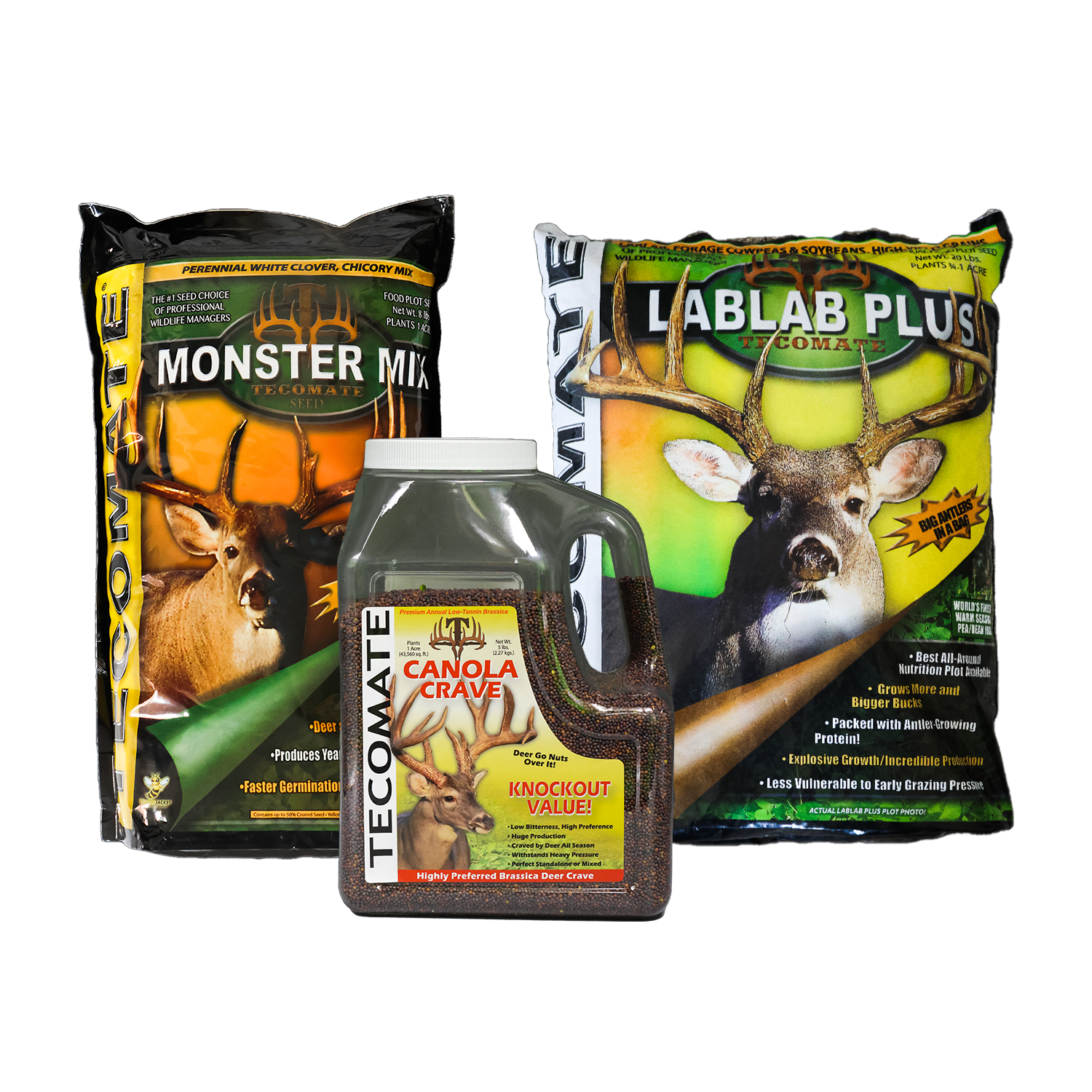
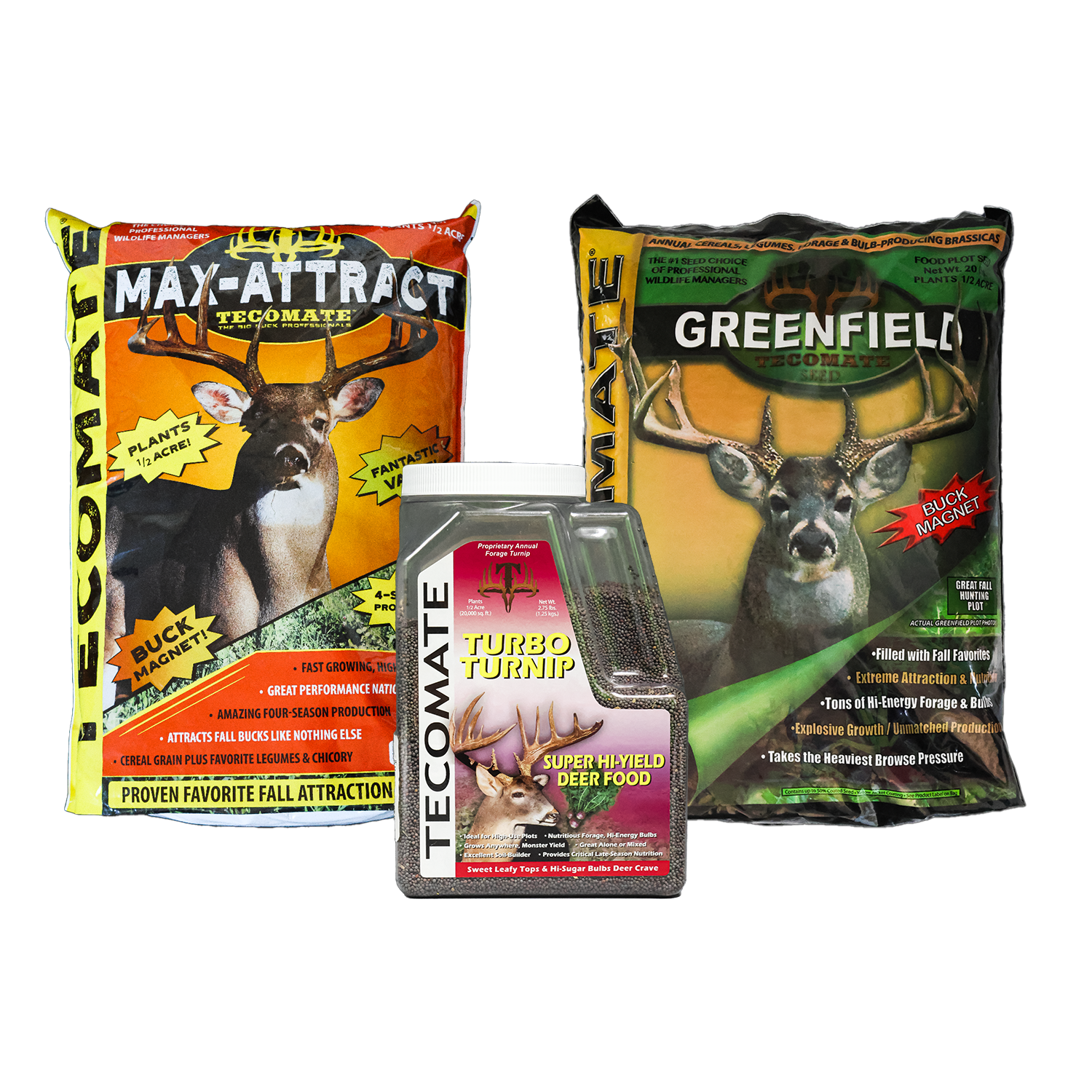
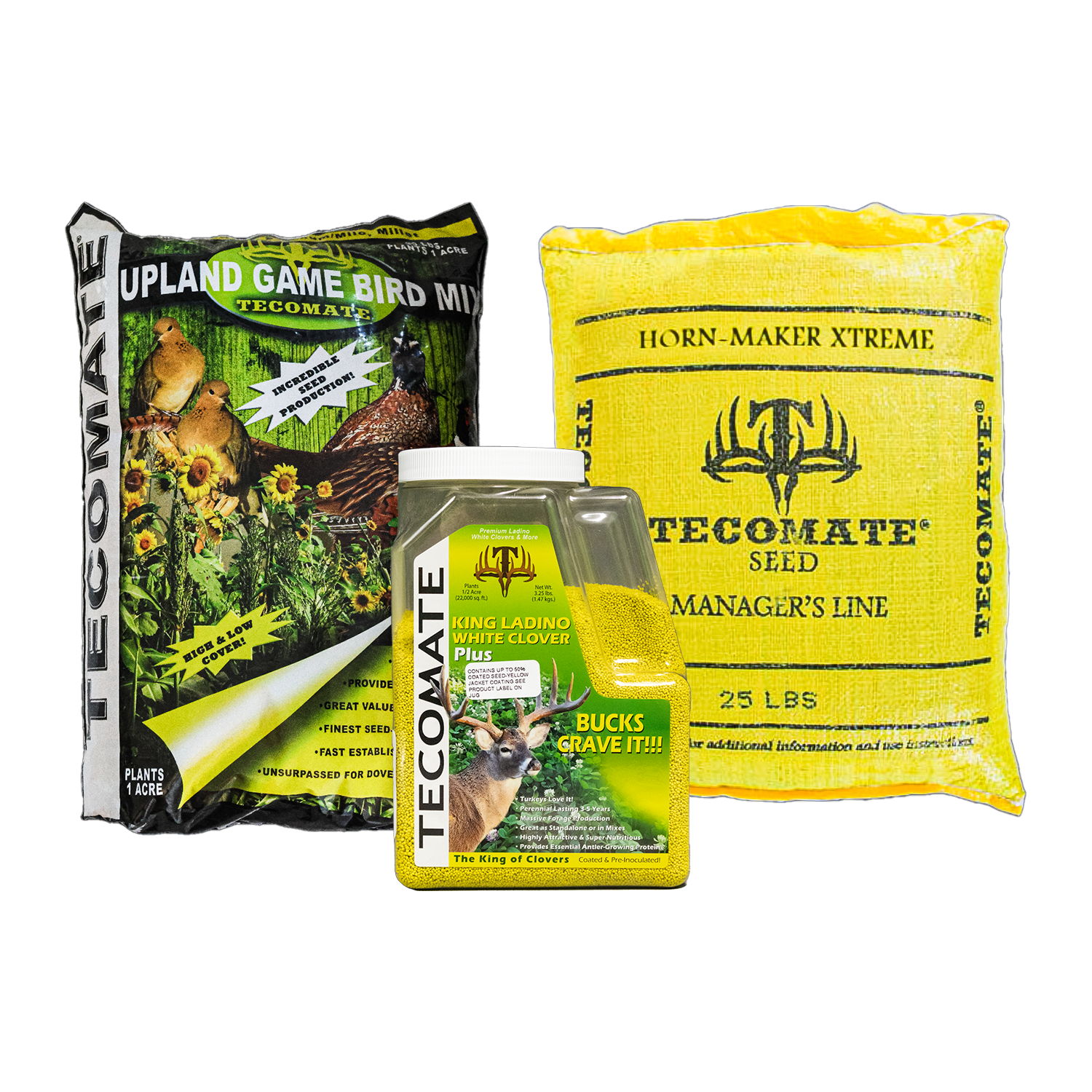
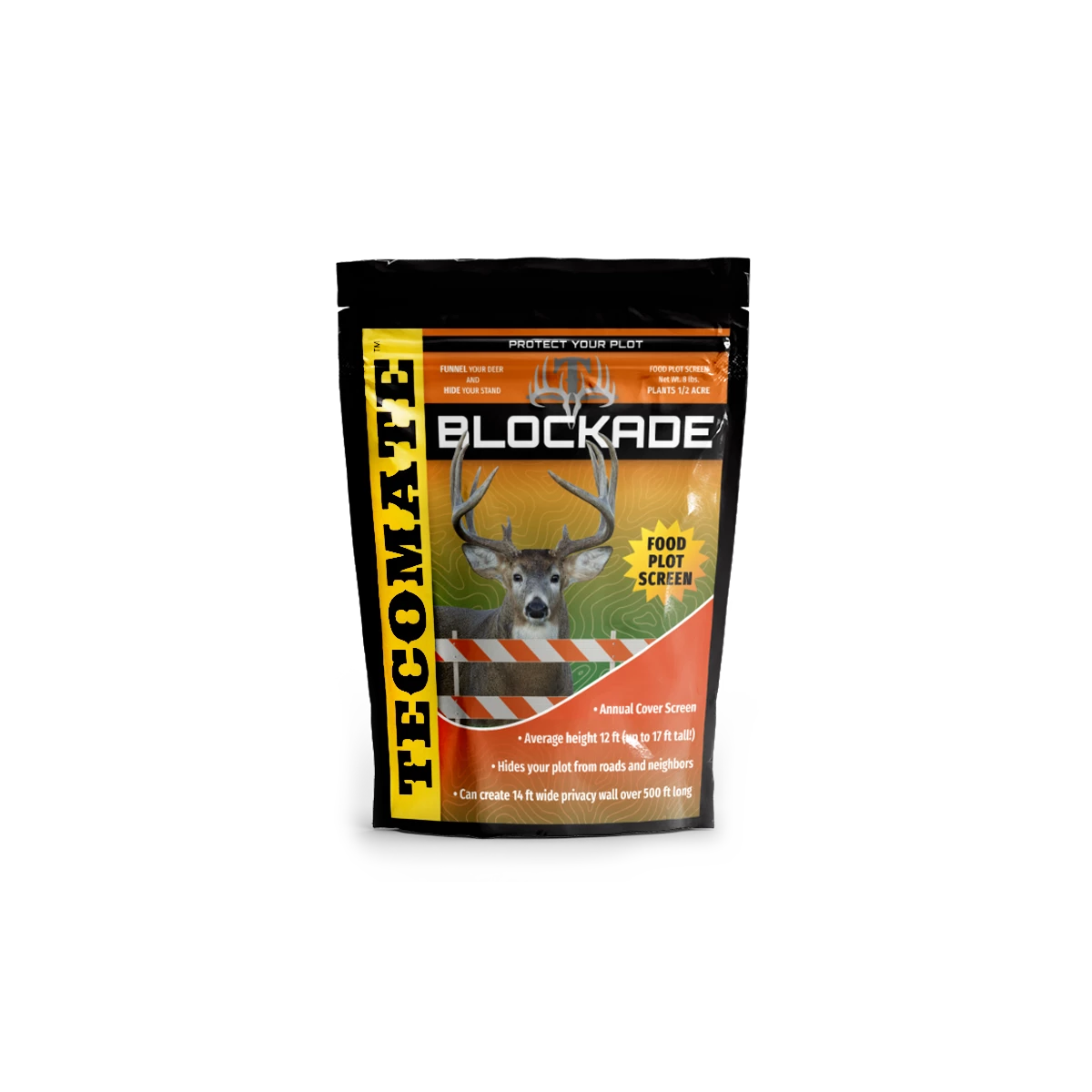
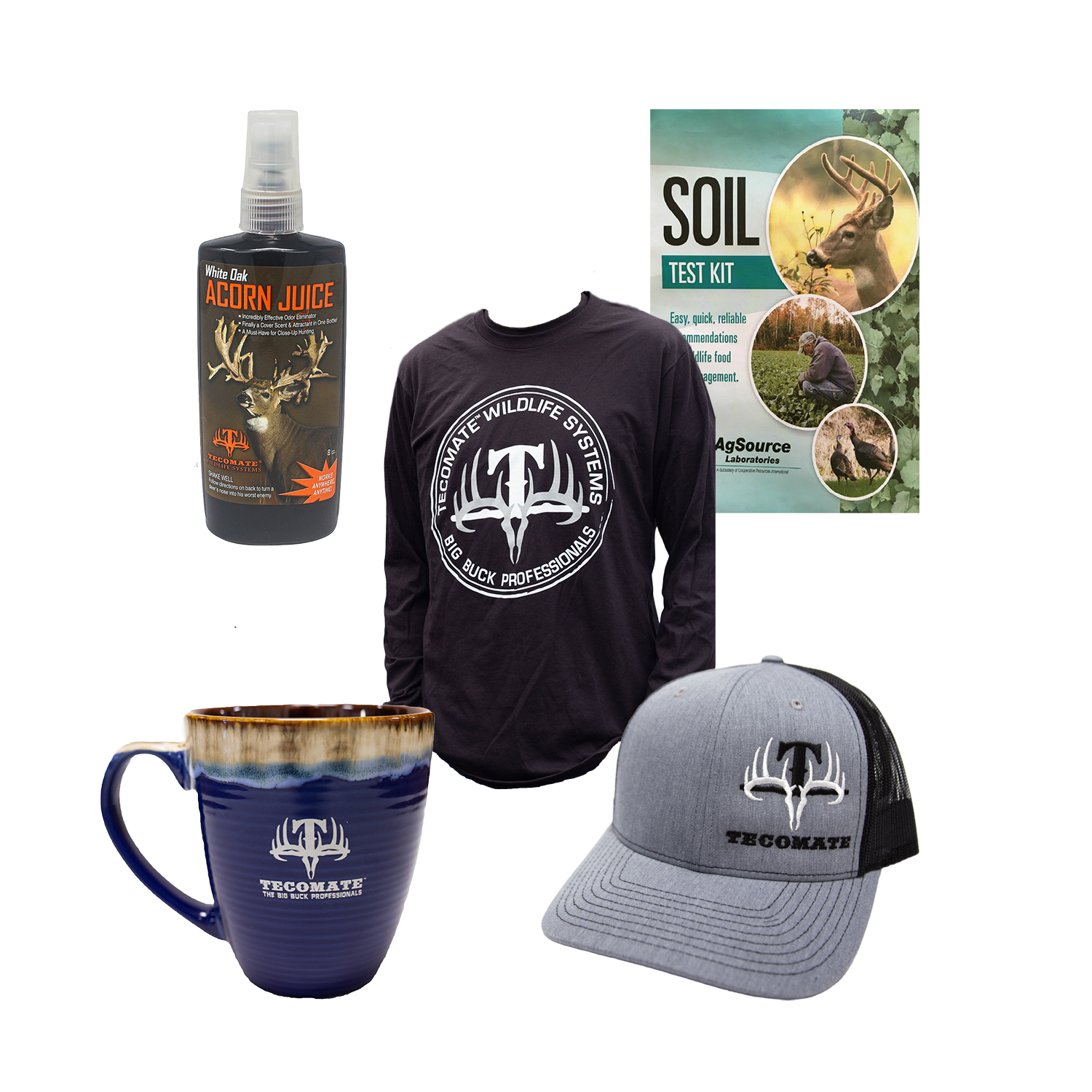
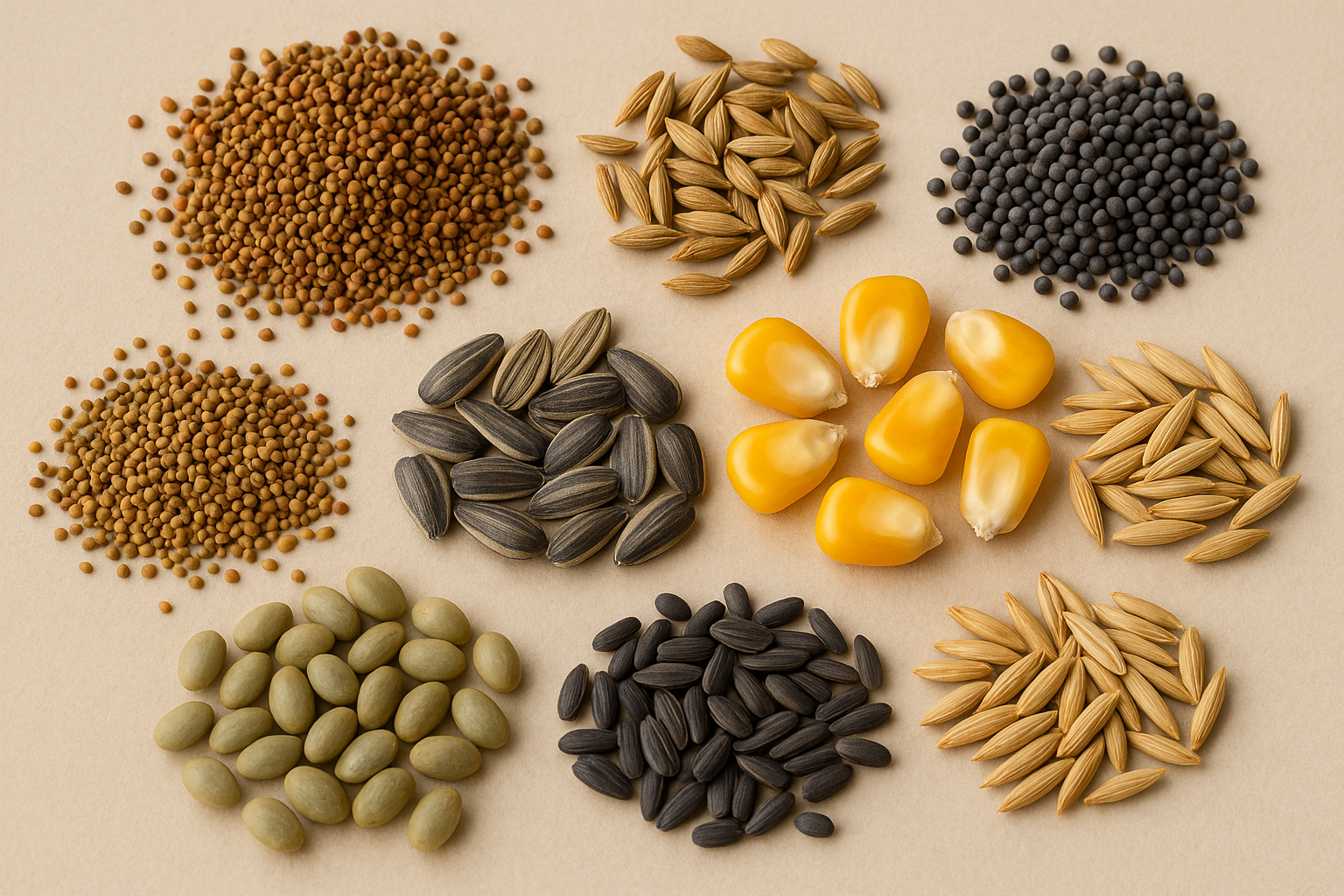
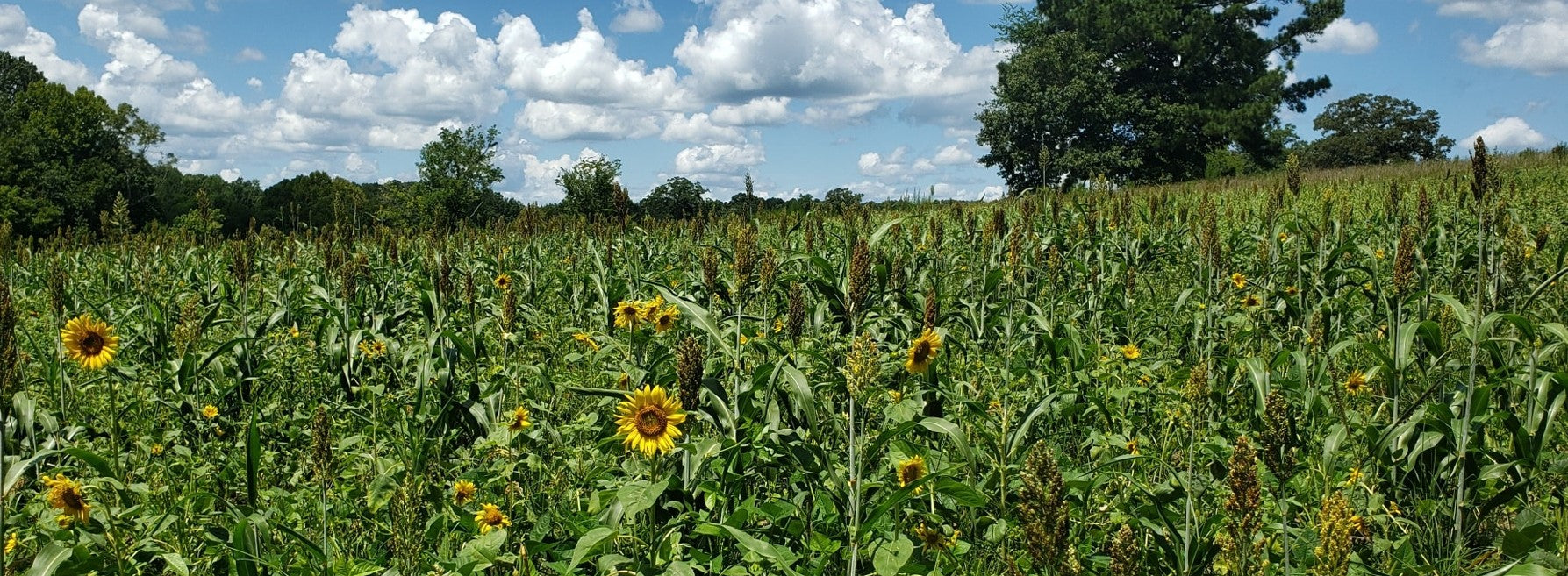
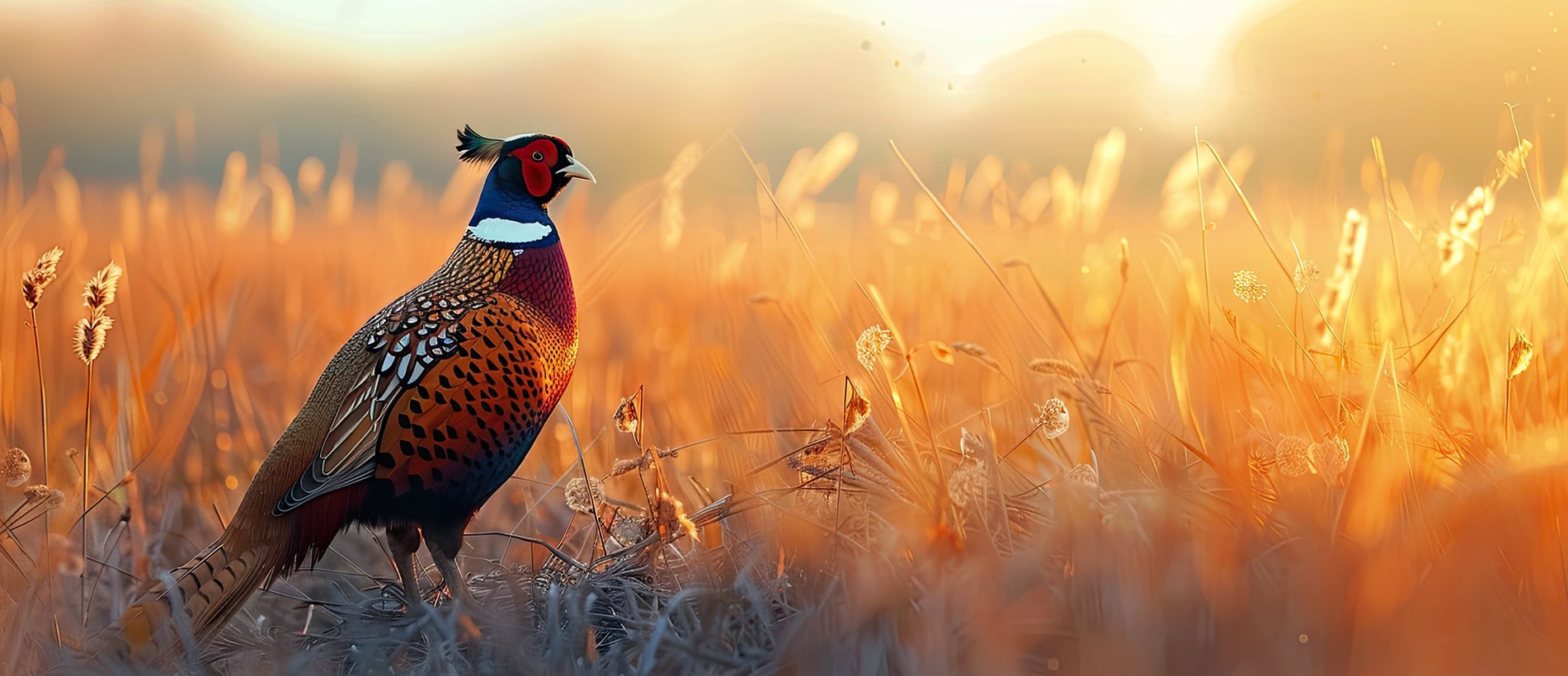

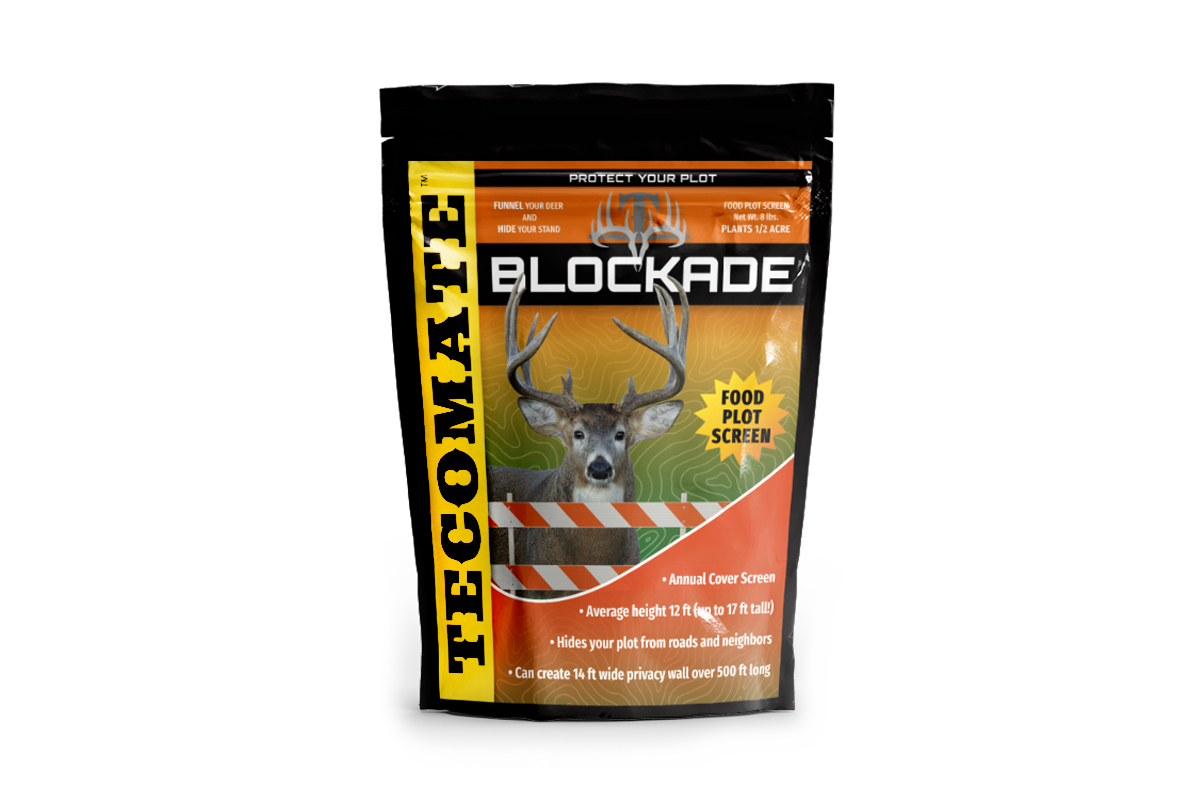

Leave a comment